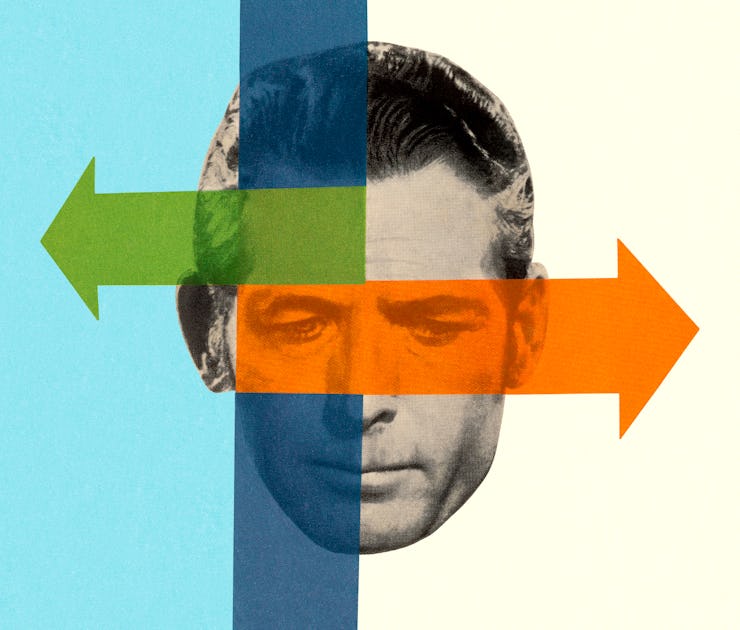Attention deficit trait: How to regain focus in a noisy world
“If we do not manage it, it manages us.”

With 24-hour news, workplace chat apps, and never-ending group texts, modern life is noisier than ever. The constant interruptions can create a troubling neurological phenomenon.
It’s called attention deficit trait (ADT).
“Caused by brain overload, ADT is now epidemic in organizations,” Edward Hallowell, a psychiatrist and leading expert on attention deficit disorder, writes in the Harvard Business Review.
“As our minds fill with noise — feckless synaptic events signifying nothing — the brain gradually loses its capacity to attend fully and thoroughly to anything,” Hallowell says.
The core symptoms of ADT are distractibility, inner frenzy, and impatience, Hallowell writes. It’s like a mental traffic jam. Occasional mental overloads are manageable, but when the traffic is stalled frequently — the problems start.
ADT isn’t genetically embedded like its cousin attention deficit hyperactivity disorder (ADHD). Instead, it’s a product of a modern environment. If left unchecked, ADT may hamper performance and make you miserable without realizing the cause.
This week, we explore how to regain one’s ability to focus.
I’m Ali Pattillo and this is Strategy, a series packed with actionable tips to help you make the most out of your life, career, and finances.
The distraction cycle — Attention-deficit/hyperactivity disorder is a diagnosable disorder marked by a pattern of inattention and/or hyperactivity and impulsivity that interferes with functioning or development.
Attention deficit trait is less severe and not in the clinical manual of mental health. Still, Hallowell says, it is influential on daily life.
With constant interruptions and never-ending to-do lists causing so-called “overloaded circuits,” it’s difficult to solve problems creatively or flexibly.
ADT isn’t typically caused by a single event, but rather a “series of minor emergencies while he or she tries harder and harder to keep up.”
“Shouldering a responsibility to ‘suck it up’ and not complain as the workload increases, executives with ADT do whatever they can to handle a load they simply cannot manage as well as they’d like,” Hallowell says.
In turn, they feel a constant low level of panic and guilt.
“Facing a tidal wave of tasks, the executive becomes increasingly hurried, curt, peremptory, and unfocused while pretending that everything is fine,” Hallowell says.
In extreme cases of ADT, overworked people pitch tantrums, blame others for their mistakes, or withdraw and avoid responsibility.
Luckily, it is possible to re-engineer your environment to avoid ADT from spinning out of control.
Hallowell's top tips for combating ADT.
Four strategies to fight ADT:
- Promote positive emotions: A key way to avoid ADT is to foster connections and reduce fear within a workplace. Being able to be open when overwhelmed and ask for help without fear of retribution can enable people to avoid reaching a breaking point.
- Take care of your brain: Focus on eating a complex, nutrient-rich diet, getting lots of sleep, and exercising to give your brain the break and nourishment it needs to thrive. Creating these healthy daily habits will help you cope with stress at work.
- Get organized: Each morning or evening, write down the top three to five tasks you need to accomplish the next day and prioritize them above others. Avoid getting sucked into responding to emails or calls as they come in. Rather, set aside blocks of time to address them.
- Switch it up: Finally, when you start to feel yourself spinning out, slow down, move around, or do an easy, mindless task to tamp down your rising anxiety.
Ultimately, ADT is a threat to all of us, Hallowell says.
“If we do not manage it, it manages us.”
Addressing ADT head-on can build a better, happier, and more productive workplace in the long run.
This article was originally published on